Industry & Inclusion 1.0–3.0
Inspiring local knowledge exchange and action to make manufacturing hiring more dynamic
From 2020 to 2025, Mechanism and The Century Foundation united manufacturing leaders through the Industry & Inclusion (I&I) initiative to inspire local knowledge exchange and action, with the goal of making manufacturing hiring more dynamic. I&I helped workforce and education practitioners engage with one another and pilot new strategies, rooted in best practices, to bring in workers from populations historically underrepresented in the sector.
In I&I’s first cohort (2020–21), leaders from community-driven workforce development organizations came together to identify the best ways to improve the hiring pipeline for diverse communities. They shared wins and challenges, and in the process highlighted lessons that policymakers can turn to as they consider expanding support for community-based manufacturing training.
I&I’s second cohort (2022–23) shifted the focus to community colleges, where technical credentialing programs act as an important gateway to manufacturing for those who may not pursue a four-year college degree. During their time in the cohort, educational institutions reported an array of milestones, ranging from new partnerships with industry to create free work-based learning opportunities for students to a rise in the presence of women and people of color in programs.
The third cohort (2023–25) elevated I&I’s work to regional economic development groups that work across Midwest states. Announced in November 2023, I&I 3.0 welcomed four U.S. Department of Commerce-funded workforce organizations from Ohio, Michigan, and Illinois that were engaging industry partners and underrepresented communities in training and hiring efforts.
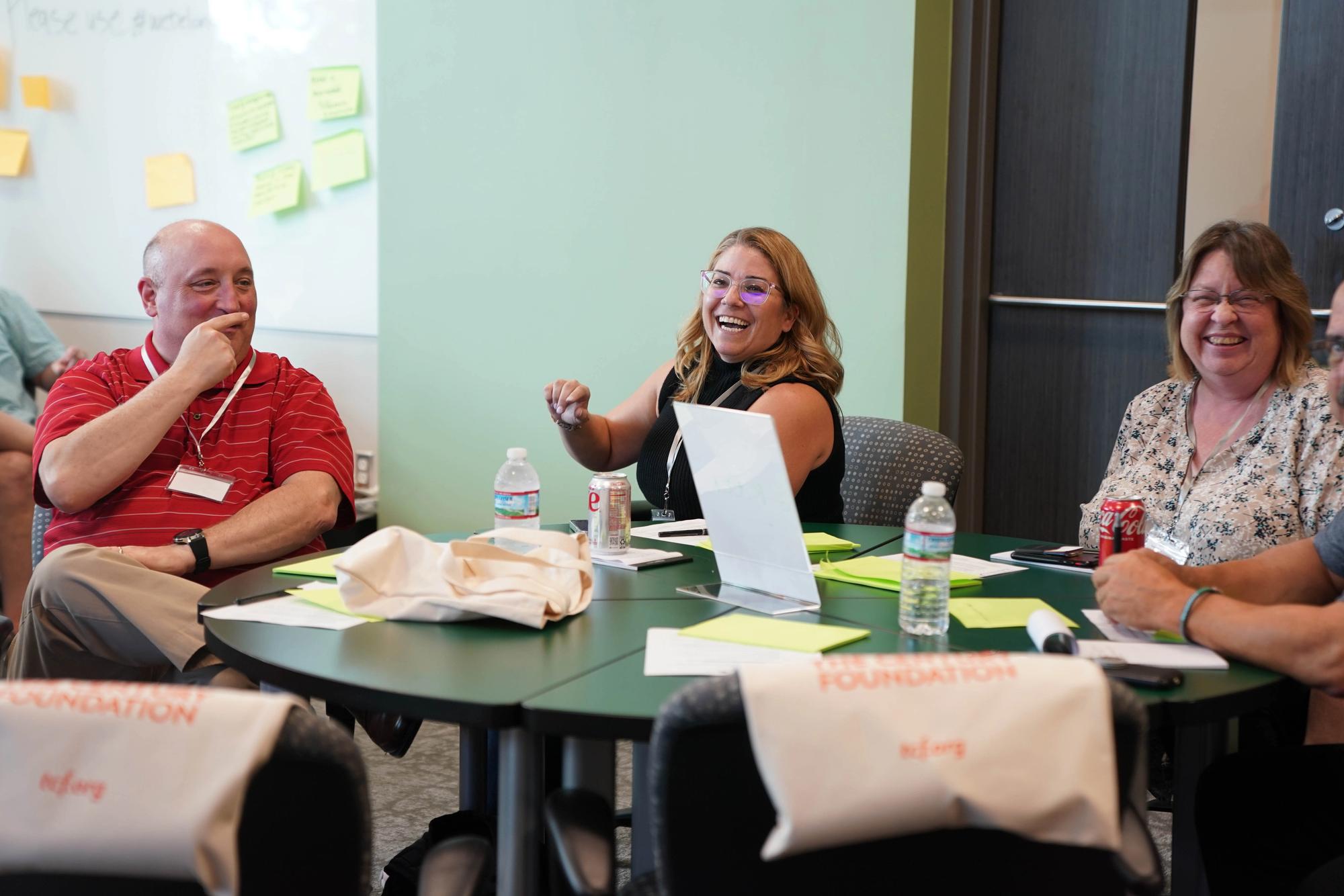
About
Background
For years, the American manufacturing industry has been grappling with a paradox. It has long been a pillar of the economy, blending research & development with technological innovation, and supporting the country’s GDP. Manufacturing careers are better paying than those in other major industries like retail and hospitality, and its firms have recently even reported an increase in wages.
So, why are manufacturing jobs—hundreds of thousands of them—going unfilled? That’s the paradox: Manufacturing careers have all the on-paper characteristics of a good job in an exciting field, yet barriers between the sector and the working-age population are keeping potential candidates on the outside.
In 2021, there were 9.8 million job openings, but only 5.3 million workers were hired into the sector, and factories have been struggling to fill jobs in recent years even before the unique pressures since 2020. This inability to hire enough workers is a reversal from earlier periods, when manufacturers had more demand for jobs than they had positions to fill.
In this environment, old recruitment methods won’t suffice. On their own, individual companies are unlikely to expand the pool of talent, and instead rely mostly on poaching skilled workers from other companies. In large part, manufacturing is a specialized sector, with clusters of similar manufacturing subsectors operating in different geographies—such as automobiles in Detroit, aerospace manufacturing in Washington State, rubber in Akronand heavy equipment in Peoria. Thus, the best strategy is for companies to come together and identify and tackle common workforce pipeline needs through sectoral employment programs.
There are tremendous opportunities to drive diverse hiring to fill the workforce needs of the manufacturing sector now and into the next decade. There are also significant challenges to attracting communities that are currently underrepresented in the sector, and to tackling significant occupational segregation that exists within manufacturing. With these opportunities and challenges in mind, the Industry & Inclusion program sought to develop cohort-model approaches to bring workforce intermediaries together to learn, design, and scale strategies for companies to attract, hire, retain, and care for workers, particularly from populations underrepresented in manufacturing.
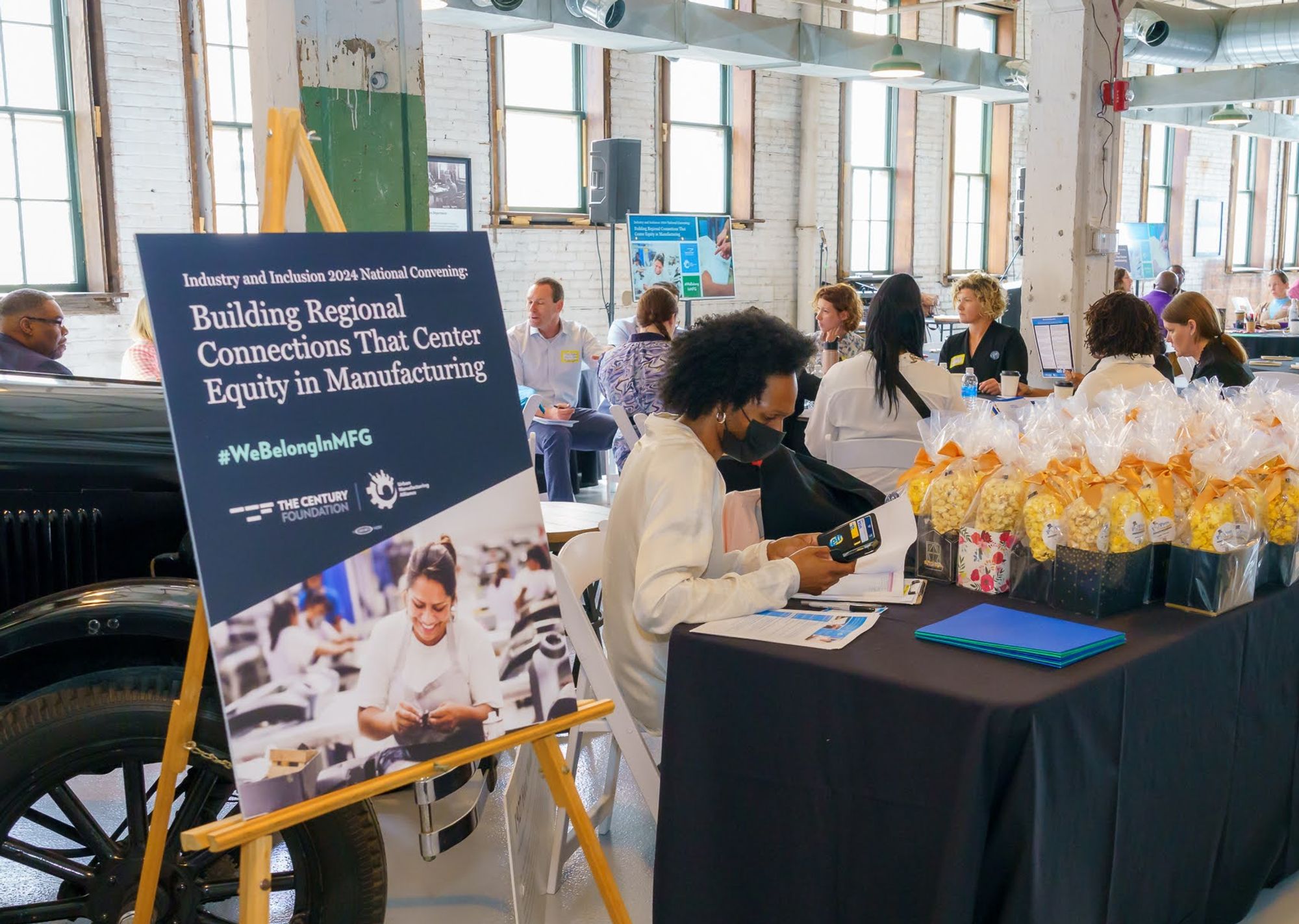
Goals & Objectives
I&I 1.0
In 2020, Mechanism and The Century Foundation began Industry & Inclusion (I&I) to take on the challenges of a racially inclusive rebirth of manufacturing in the wake of the COVID-19 pandemic. We brought together manufacturing experts from across the country and a cohort of eight workforce leaders to form a coalition that will strategize how to solve our national recruitment challenge, and to forge a more racially inclusive future for manufacturing. These organizations saw a major win–win proposition for communities of color, who were (and continue to be) in need of stable, good-paying careers that can be started without a college degree.
The goal of the cohort was to:
develop deep partnerships with employers, educational institutions, and community groups
deploy training models anchored by industry-recognized credentials that gave workers the tools they need to succeed
engage in ongoing conversations with their industry partners about how companies can change their cultures and practices to enable new workers of color to advance and thrive
I&I 2.0
In 2022, the second I&I cohort included representatives from twelve community colleges who participated in a learning community for two years, all focused on improving outcomes for their Black, Hispanic, Asian, Indigenous, women, and other underserved students and communities. As part of the cohort, these colleges, along with workforce, industry, and community partners, collaborated to deepen the impact of their manufacturing credentialing programs and increase equity and inclusion in their local manufacturing workforce.
The objective was to create a model of “impactful credentialing” for community college programs, which would:
provide skills and competencies needed for employment
prepare the workforce for career mobility and positive employment outcomes.
pursue relationship-building as a key strategy
center approaches that foster belongingness and equity for workers and communities, such as trauma-informed care, cultural competency, and racially conscious industry partnerships
I&I 3.0
In 2023, I&I expanded the program to the ecosystem level in partnership with diverse stakeholders, including workforce development organizations, educational institutions, and industry across regional manufacturing markets in three regions due to large, place-based federal investments in the sector. The expansion of the I&I program reflected the fact that regional-level interventions are critical to advancing inclusive workforce and economic development, as key considerations, such as credentialing and financial aid, are regulated at the state level. Additionally, statewide manufacturing associations and sectoral partnerships play a vital role in developing successful approaches to recruitment, instruction, and employment.
While manufacturing stakeholders recognize the need to recruit a more diverse workforce, many do not have the understanding or knowledge to effectively update outreach or instructional approaches in ways that serve students of color. This cohort leveraged their regional networks to advance diversity and equity in workforce development. As recipients of either Build Back Better or Good Jobs Challenge grants, the members heavily focused on innovative and inclusive activities to propel local economic recovery and reshape labor dynamics to serve historically marginalized communities.
In sum, these cohorts were designed to support more impactful credentialing programs that not only provide skills and competencies needed for employment, but also prepare the workforce for career mobility and positive employment outcomes.
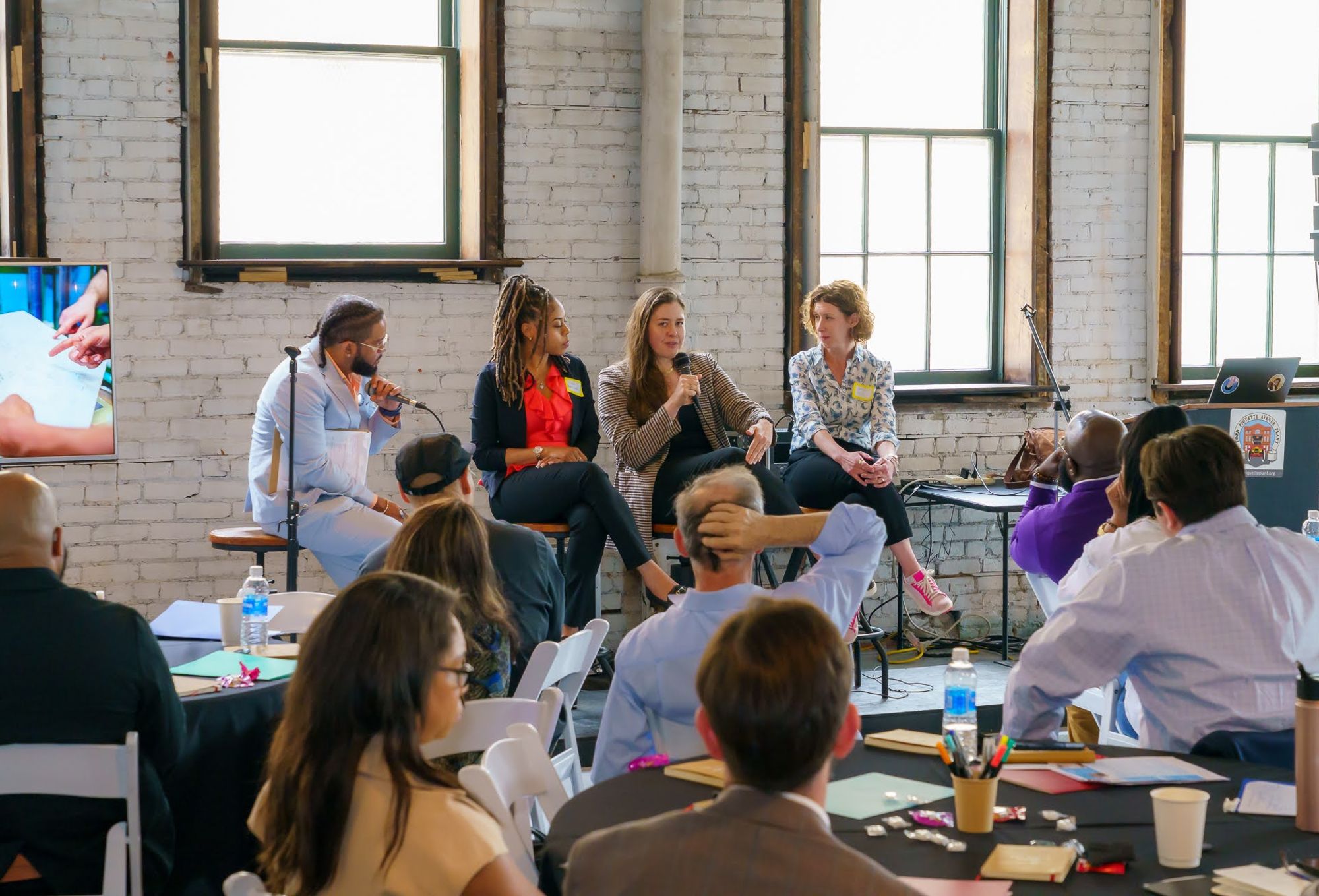
Meet the Participants
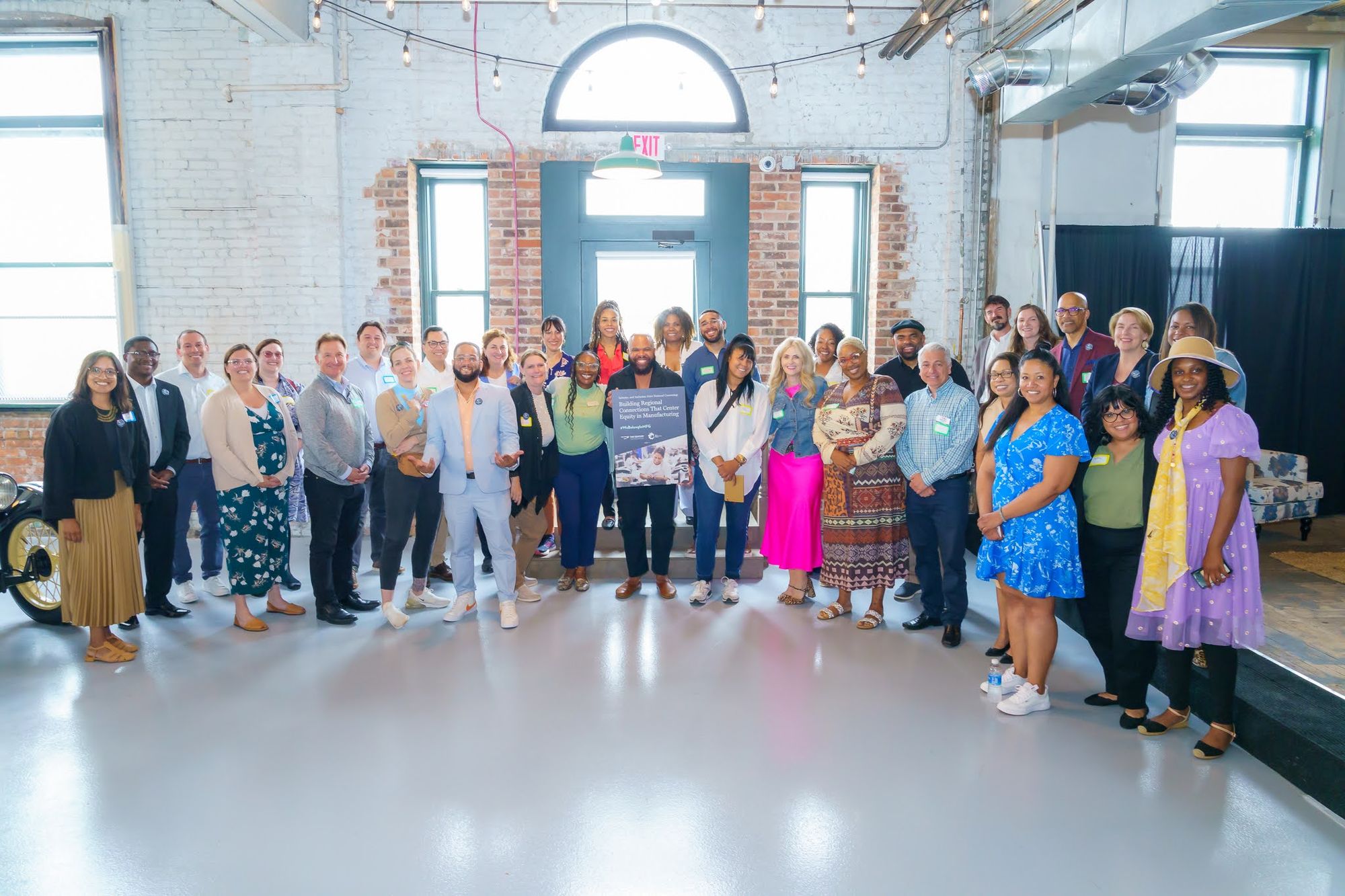
Activities & Achievements
Each cohort included a mix of approaches to build the capacity and knowledge of participating organizations, including:
Approaches
Access to subject matter experts and innovative practitioners
We connected participants with national subject matter experts during cohort learning sessions, as part of the technical assistance process, and throughout the overall cohort experience.
A valuable peer network
We provided an opportunity for peer learning and exchange with other cohort members across the country. Participants had the opportunity to glean insights and best practices from other peers during facilitated cohort sessions.
Personalized technical assistance
Each participant received an individualized action plan crafted in collaboration with the I&I team and subject matter experts. Participants received personalized coaching and implementation support as part of the cohort.
Greater visibility & impact
We collected a set of metrics to capture learnings and impact, and created success stories and cohort profiles that were shared on local and national platforms.
In-person convenings
We hosted in-person cohort convenings for more relationship building and additional technical assistance.
Our cohorts members created tangible, usable deliverables including:
- Partnership agreements between a community college and an Industry Council that center equity and inclusion in hiring
- Training modules for employers on how to support an immigrant workforce
- Concrete engagement strategies for faith-based organizations as partners to recruit from diverse communities
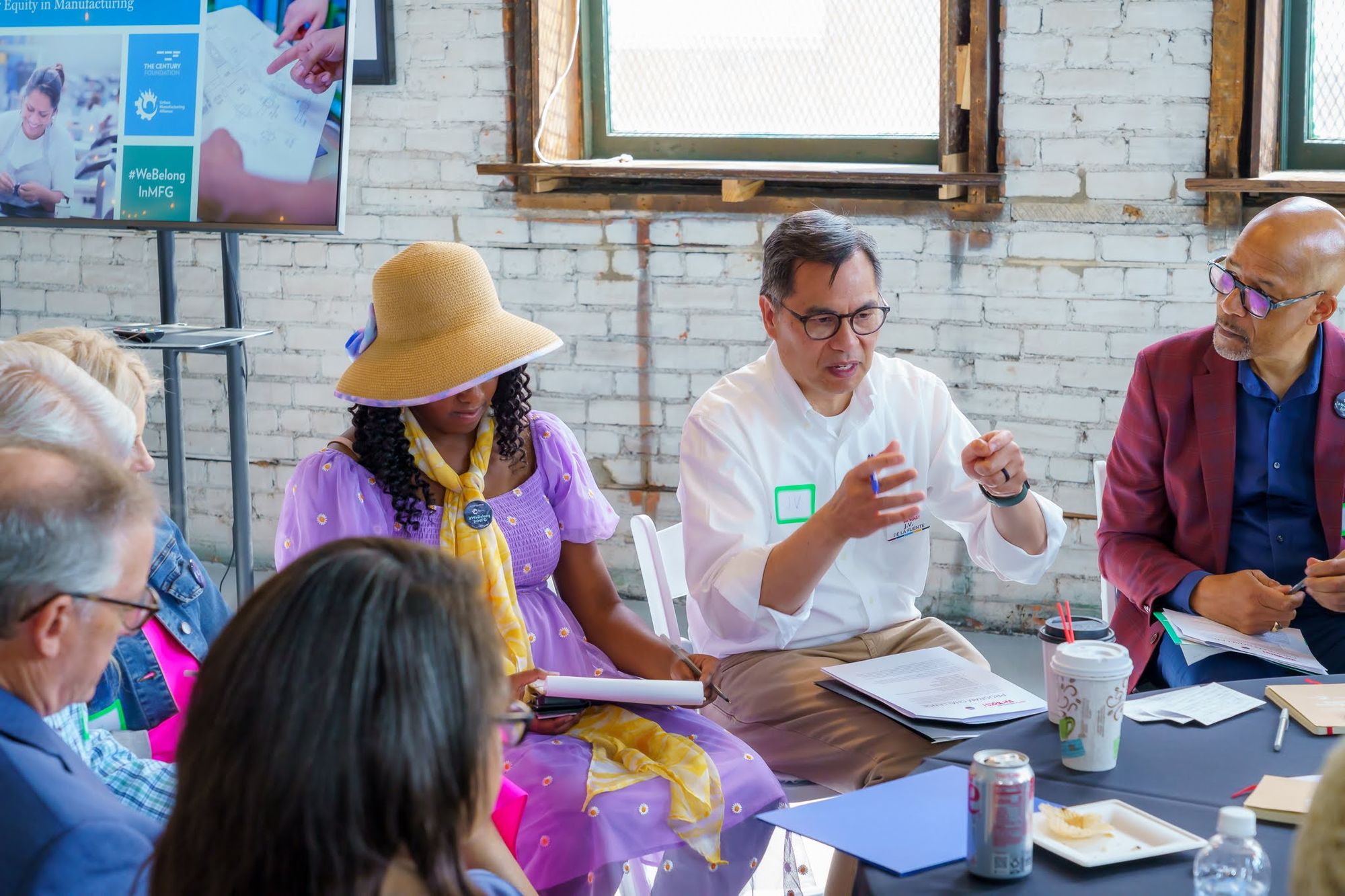
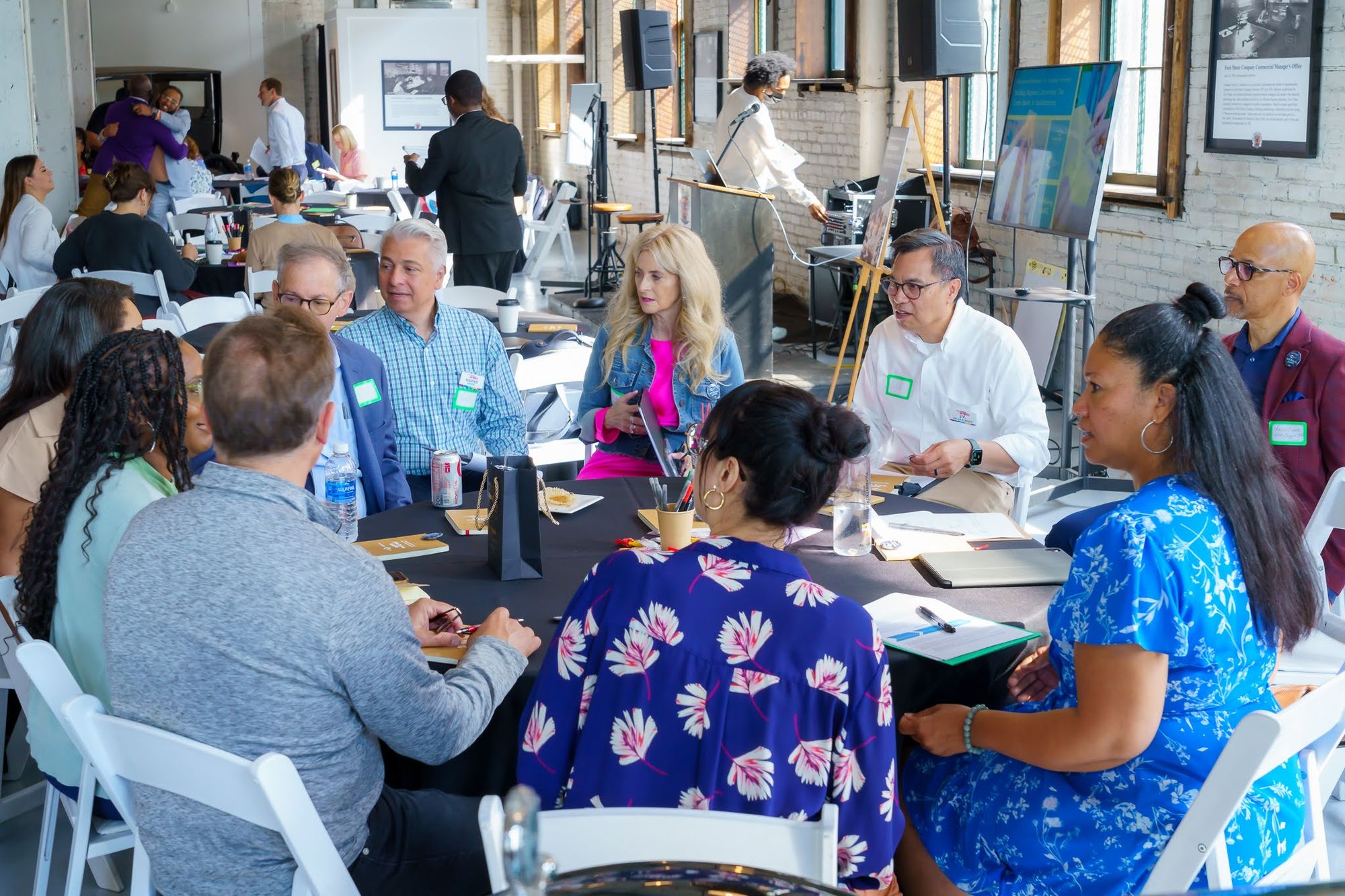
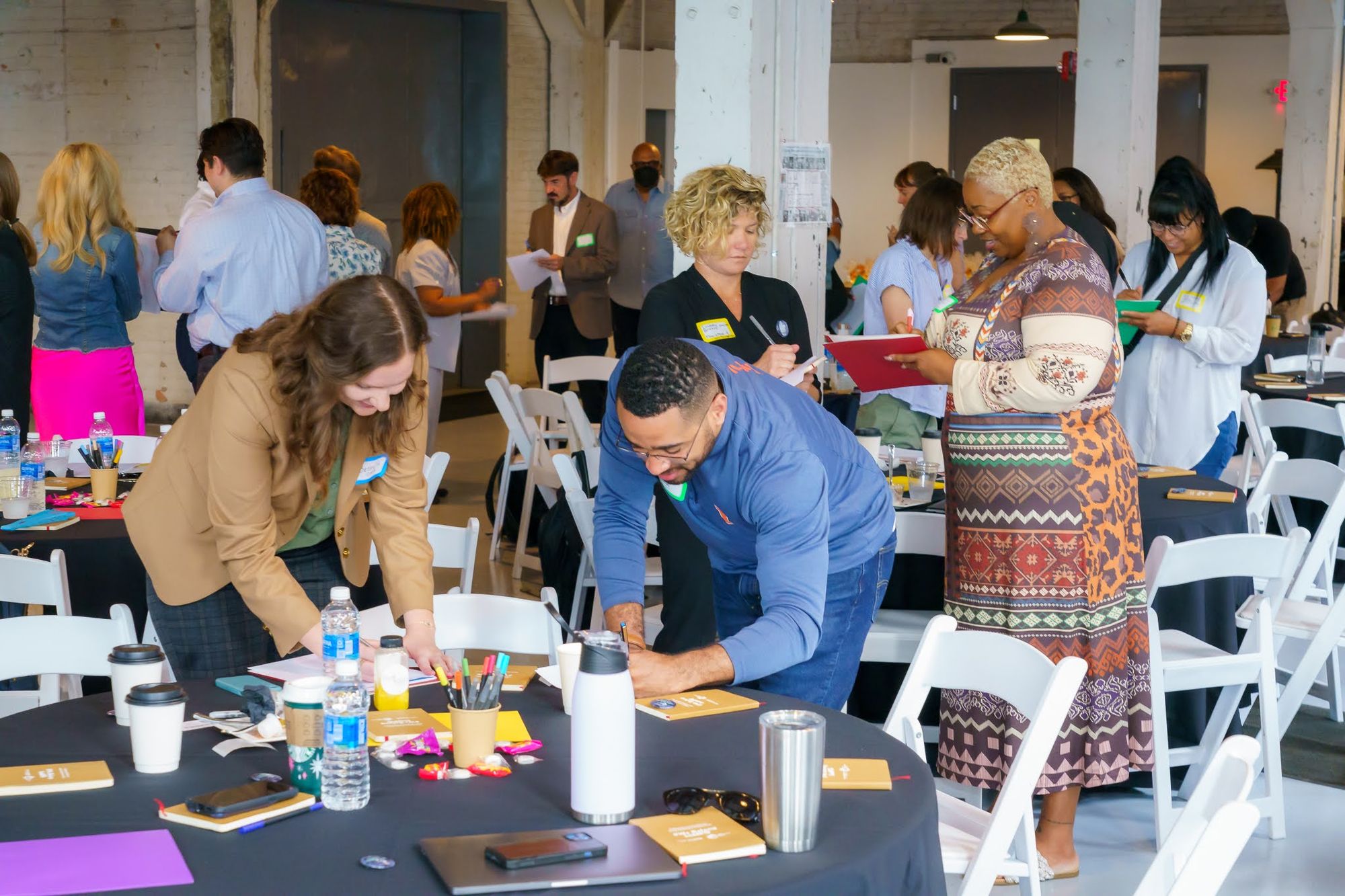
Resources
Across the cohorts, we created resources for the field, including:
Impactful Credentialing Checklist: Strengthening Community College Programs through an Equity Scorecard
This checklist, developed in partnership with the twelve community colleges in the second I&I cohort, provides a guide for community colleges who are striving to implement impactful credentialing programs.
View the Checklist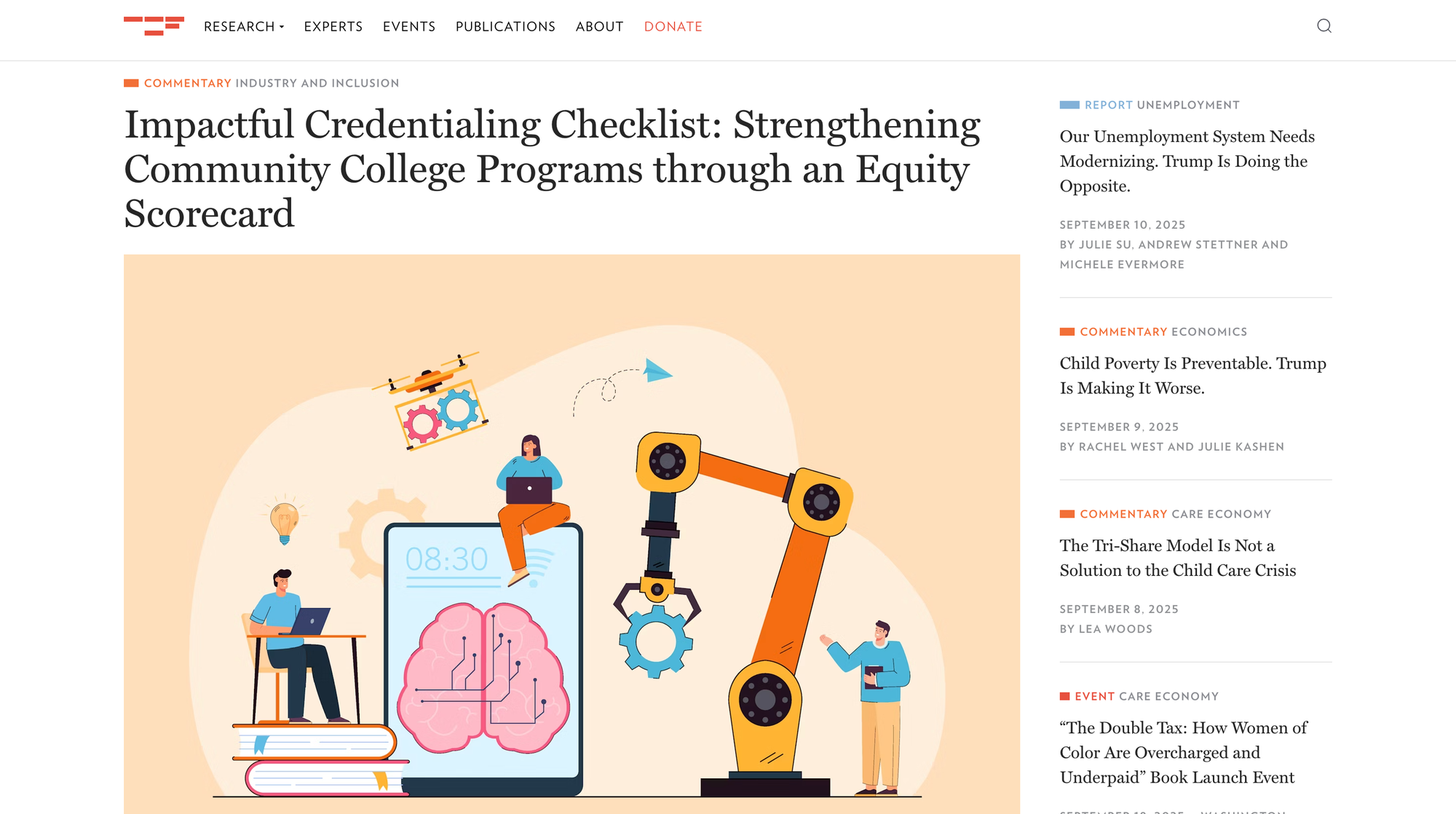
A Blueprint for Action
This is a list of recommendations for multiple stakeholders in a workforce ecosystem, including community colleges and policymakers, to create a more equitable manufacturing workforce strategy that encompasses both education and training.
Read Blue Print for Action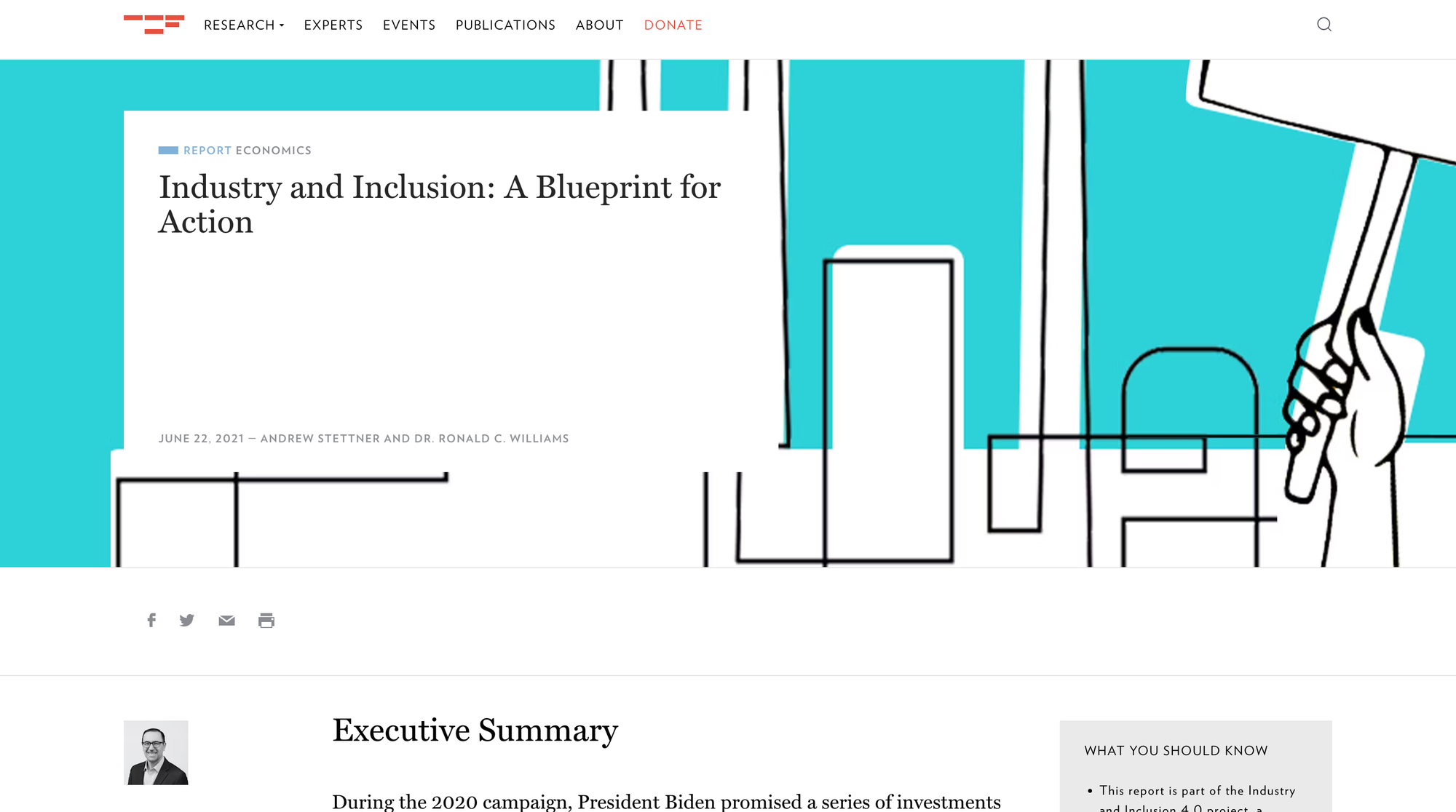
Manufacturing Prosperity: Insights from the Midwest
This report draws on the learnings from I&I 3.0 looking at how federal funds flowed to regional manufacturing hubs in the wake of the COVID-19 pandemic and how I&I helped ensure that those dollars translated into accessible, high-quality jobs for workers historically excluded from the sector.
Read the Report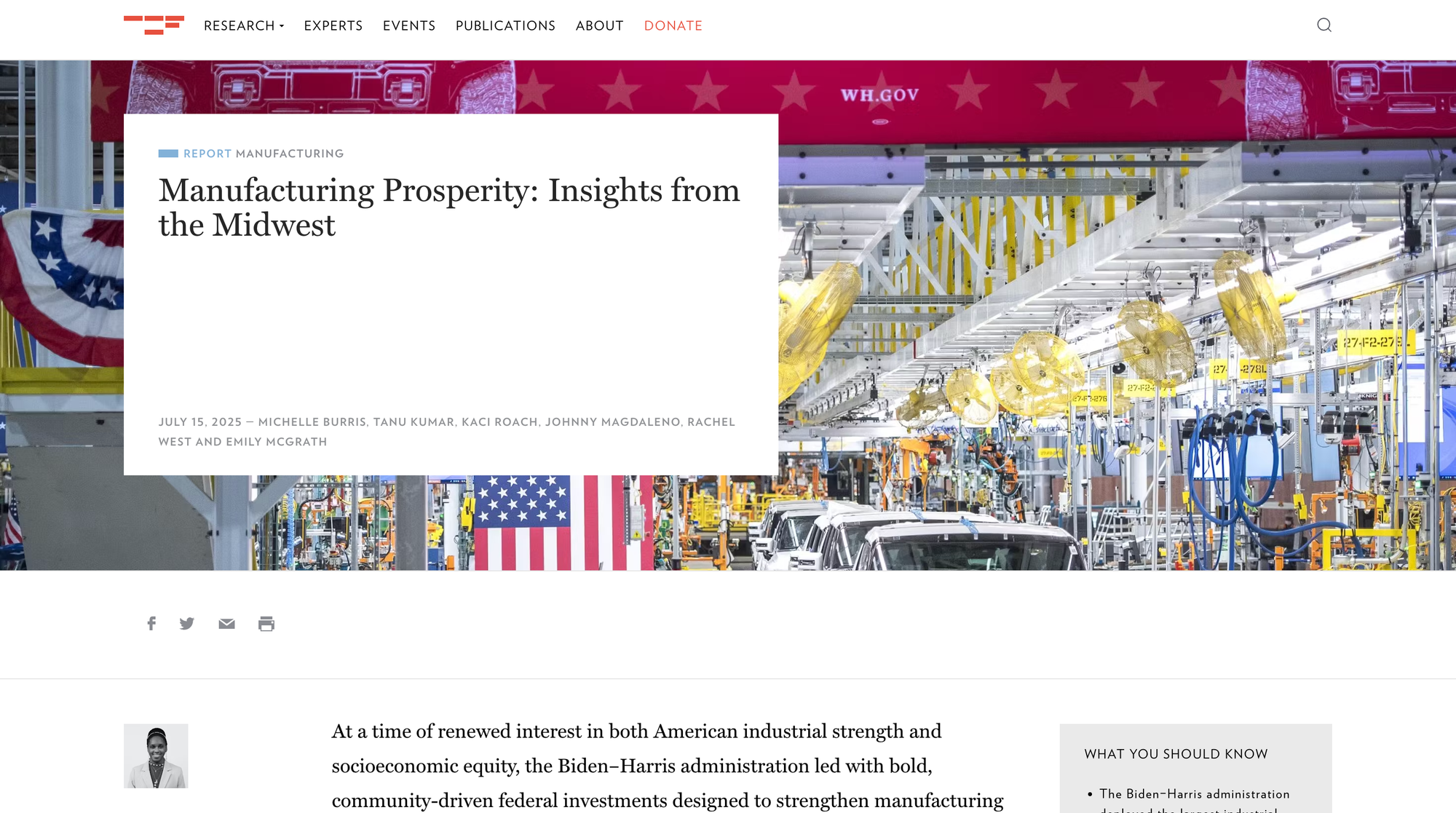
Reports
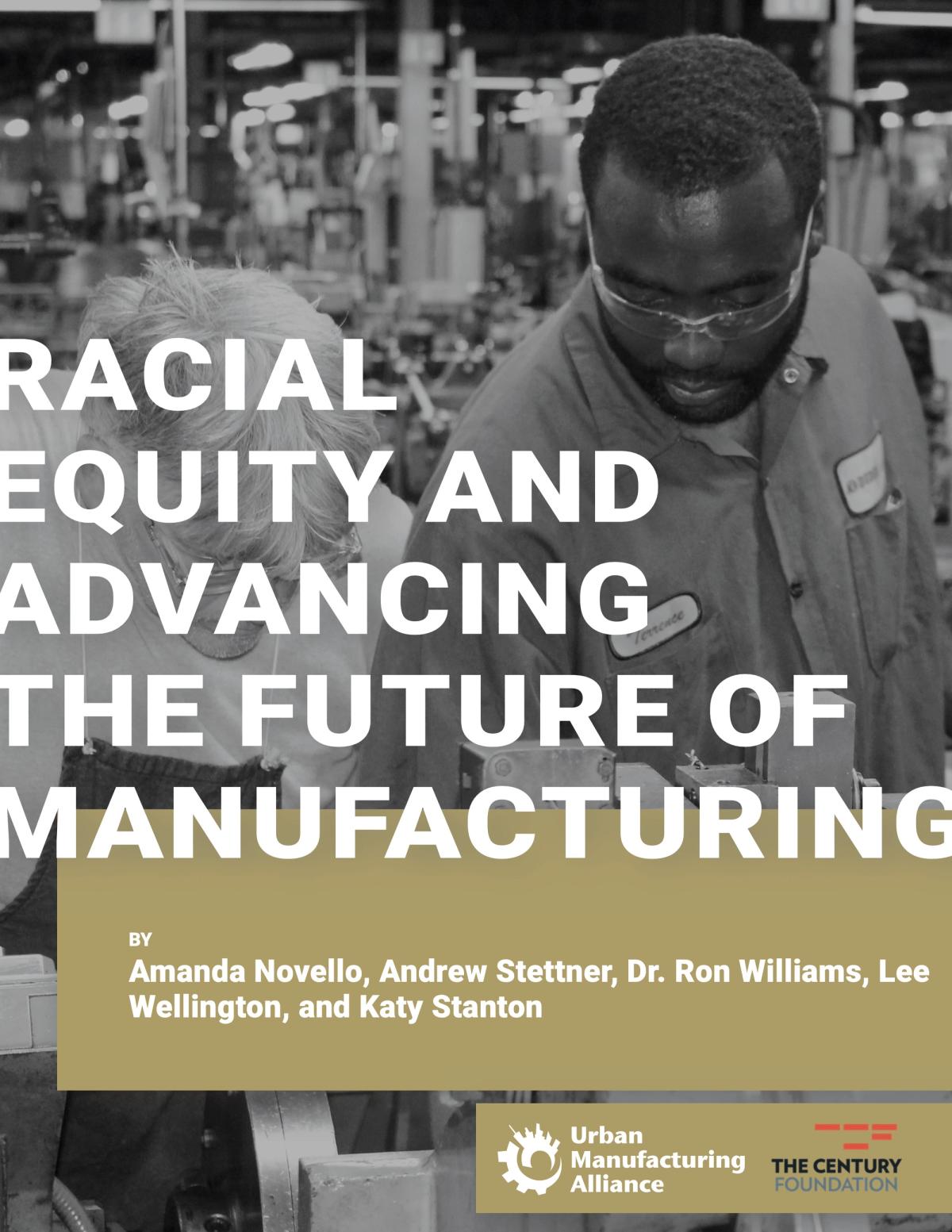
Racial Equity & Advancing the Future of Manufacturing
A Launch Commentary from UMA and The Century Foundation
August 2020
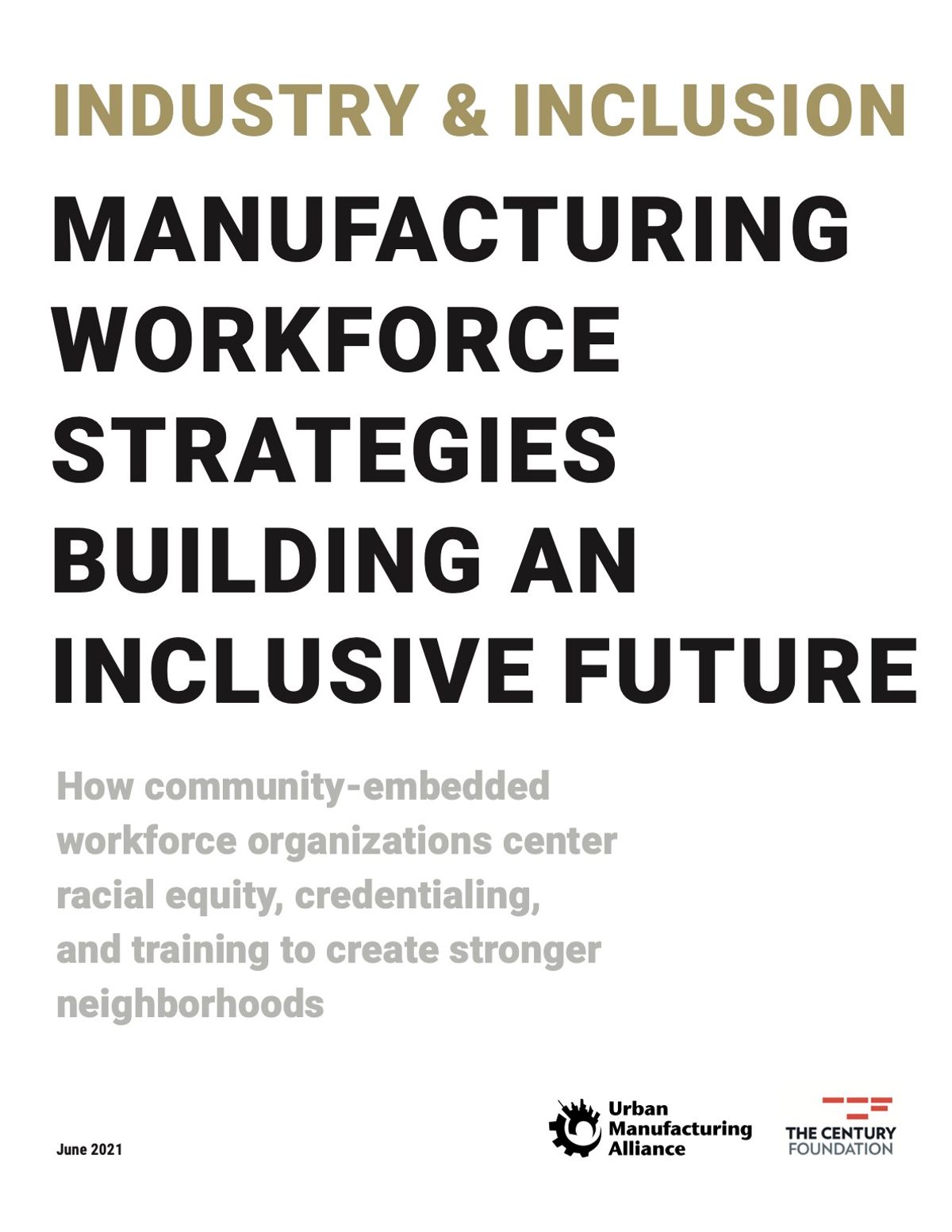
Manufacturing Workforce Strategies for Building an Inclusive Future
June 2021
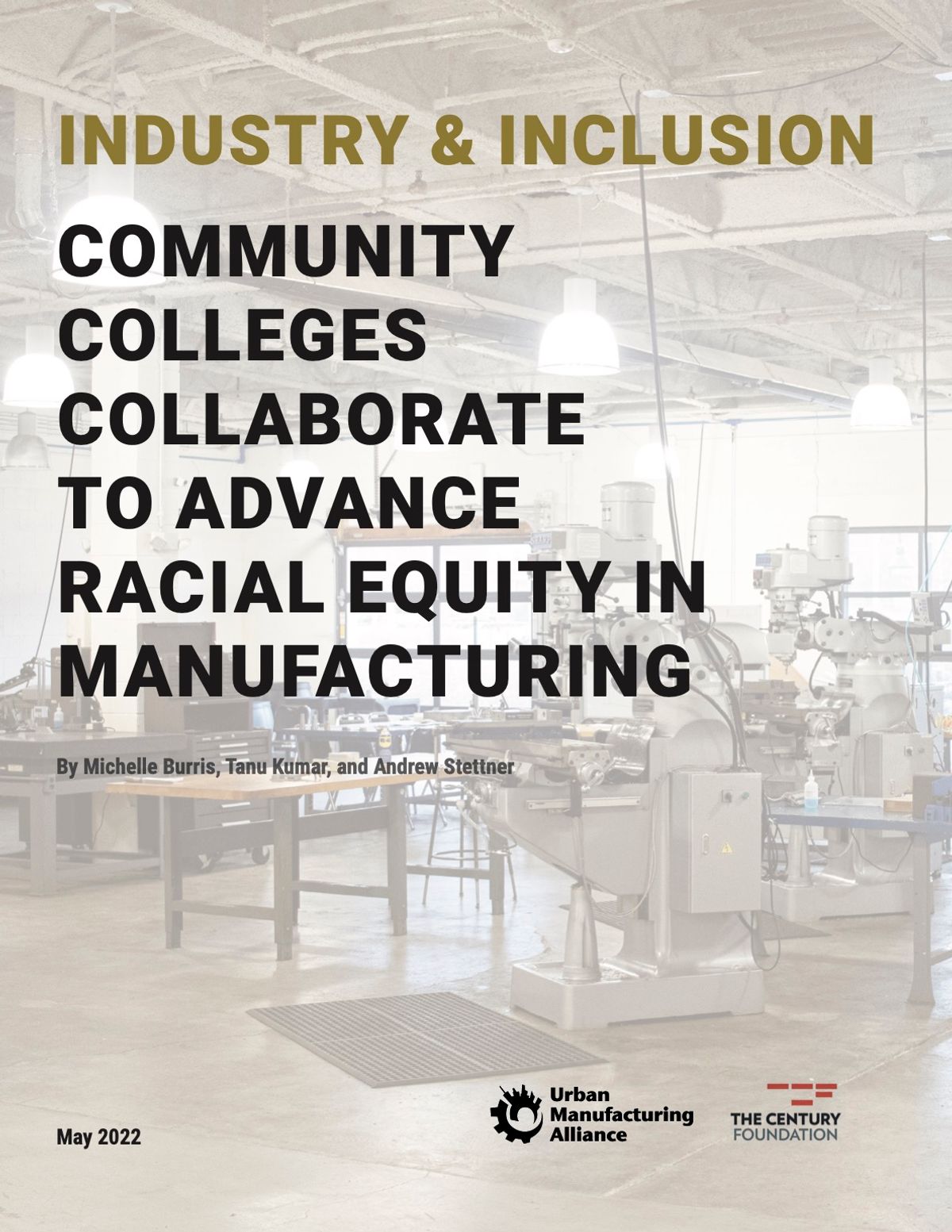
Community Colleges Collaborate to Advance Racial Equity in Manufacturing
May 2022
I&I Roundtable Conversations
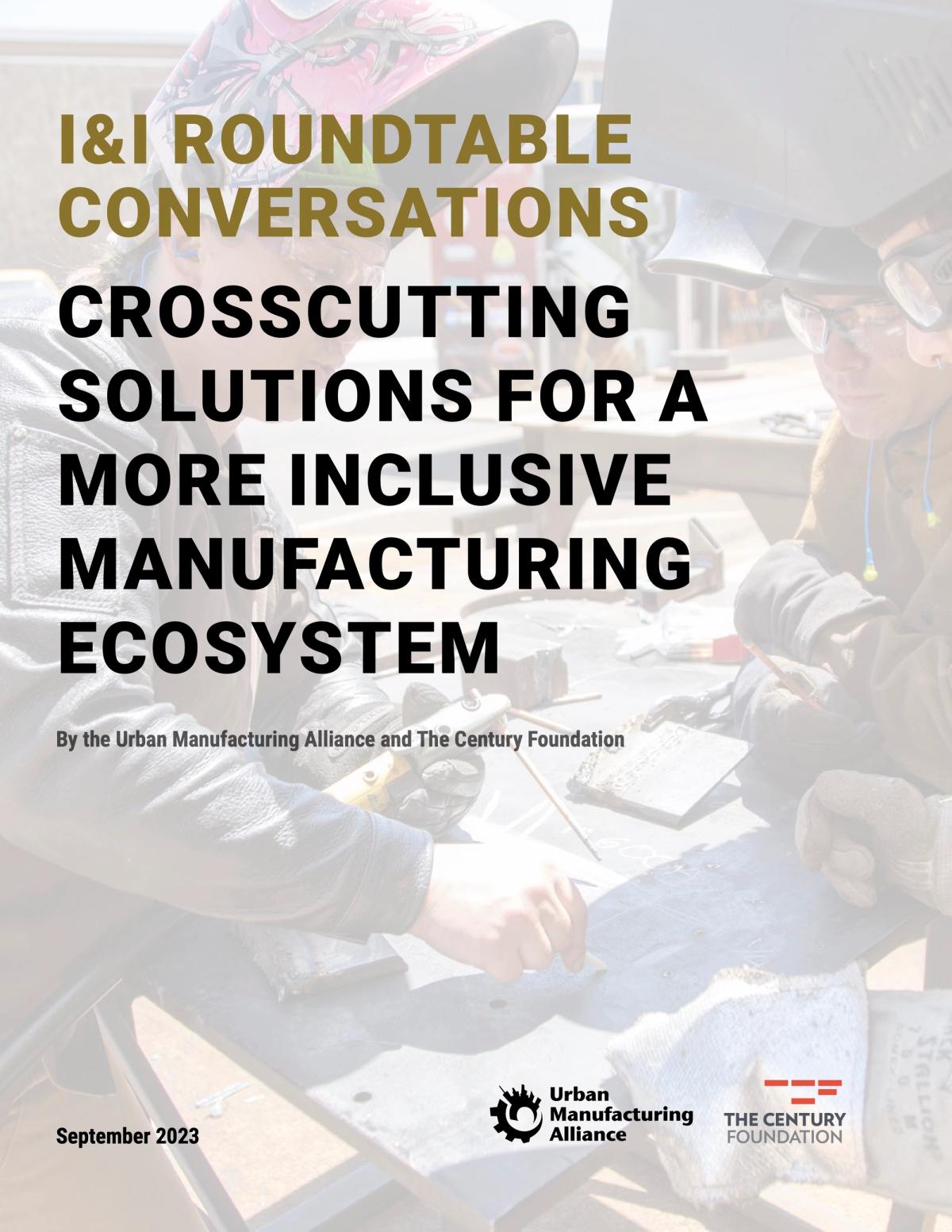
I&I Roundtable Conversations Summary: Sierra College
Crosscutting Solutions for a More Inclusive Manufacturing Ecosystem
November 2023
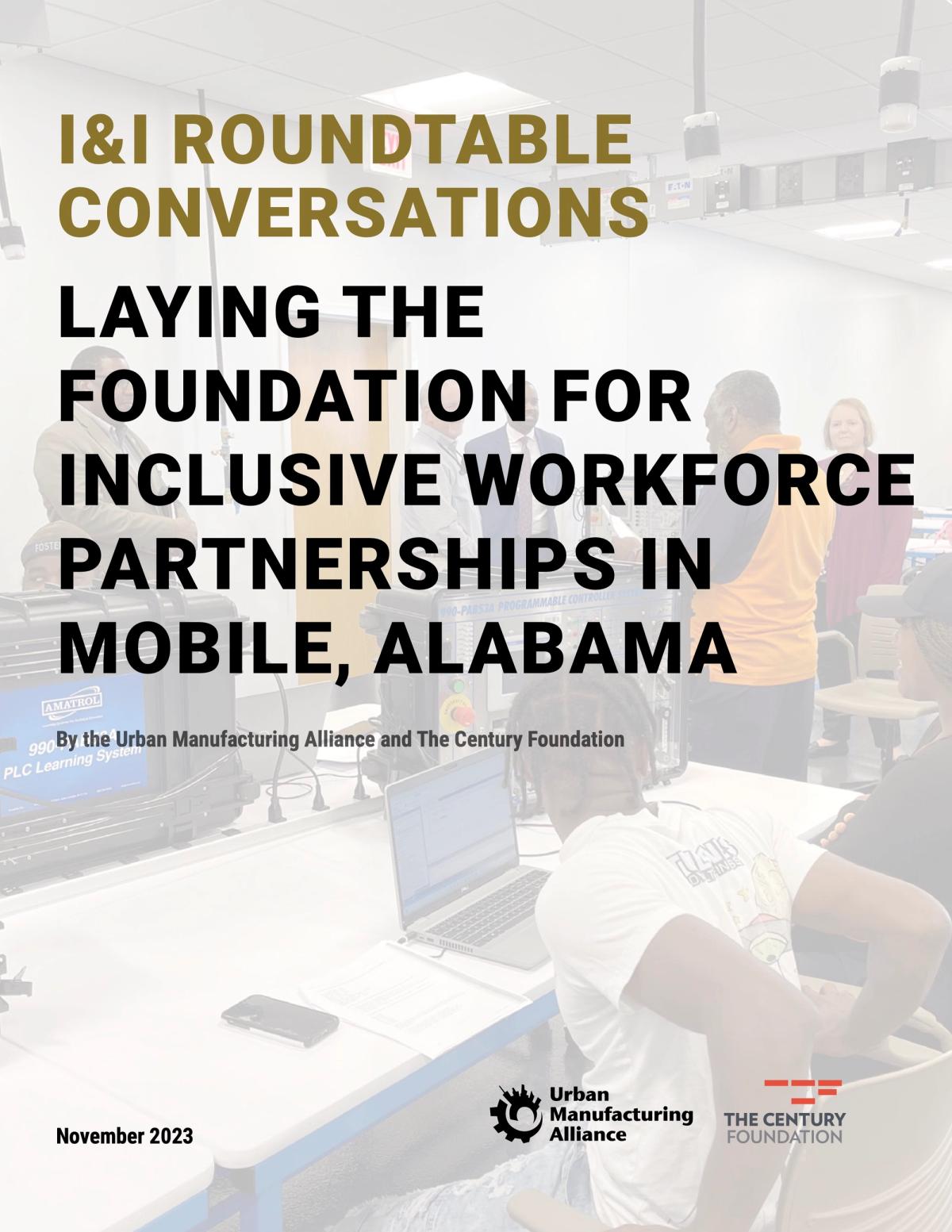
I&I Roundtable Conversations Summary: Bishop State Community College
Laying the Foundation for Inclusive Workforce Partnerships in Mobile, Alabama
November 2023

I&I Roundtable Conversations Summary: Lorain County Community College
Building an Inclusive Manufacturing Sector in Northeast Ohio
July 2023
Webinars
Webinar recap: Advancing Equity and Inclusion in Manufacturing Credentialing and Technology
December 2020
Webinar recap: Creating the Future Manufacturing Workforce by Enhancing Diversity and Addressing the Skills Shortage
Industry & Inclusion Q3 Webinar Takeaways
November 2020
Explicitly Centering Racial Equity in your Workforce Training Organization
October 2020
Webinar Recap: Diversity, Equity, and Inclusion at Every Level of Manufacturing
June 2021
Partnering to Build Race-Conscious Manufacturing Training Programs
March 2021
Meet the Team
I&I 1.0
Reports were authored by Andrew Dahlgren (Mechanism) and Phil Roberts.
Katy Stanton and Lee Wellington (Mechanism) and Andy Stettner and Amanda Novello (TCF) provided guidance and leadership of the program.
Dr. Ron Williams served as this project’s Academic Advisor and Elmer Moore, Jr. facilitated many virtual sessions.
I&I 2.0
Reports were authored by Michelle Burris (TCF); Johnny Magdaleno, Jeannine Cook and Tanu Kumar (Mechanism); and Laura Hatalsky.
Tanu Kumar (Mechanism) and Michelle Burris, Andy Stettner, and Emily McGrath (TCF) provided guidance and leadership of the program.
Dr. Ron Williams and Dr. Girard Melancon served as this project’s Advisors.
I&I 3.0
Tanu Kumar (Mechanism) and Michelle Burris, Andy Stettner, and Emily McGrath (TCF) provided guidance and leadership of the program.
Dr. Girard Melancon and Andrew Crowe served as this project’s Advisors.
Want to bring this type of project to your city?
If you would like to learn how to bring a similar initiative to your place, reach out.